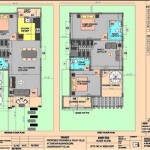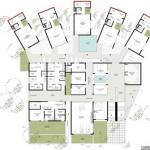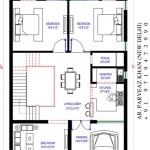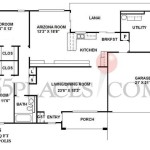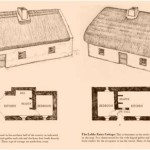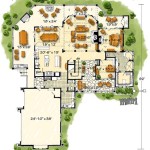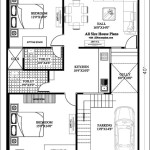Essential Aspects of Portable Farrowing House Plans
Portable farrowing houses provide a controlled and efficient environment for sows and their litters. When designing these houses, it's crucial to consider several essential aspects to ensure the well-being of the animals and optimize productivity.
1. Ventilation and Insulation
Adequate ventilation is vital for maintaining a healthy environment within the farrowing house. Proper airflow helps remove moisture, ammonia, and dust, reducing the risk of respiratory problems for the sows and piglets. Insulation, on the other hand, helps regulate temperature, ensuring a comfortable environment for the animals during extreme weather conditions.
2. Sow Comfort
The farrowing house should provide a comfortable and stress-free space for the sows during their farrowing period. This includes providing ample space for movement, rest, and nursing. The house should also be designed to minimize noise and disturbances that can agitate the sows.
3. Piglet Management
A well-designed farrowing house considers the specific needs of the piglets. It should feature separate areas for piglets to nurse, rest, and play. Heating elements or infrared lamps may be included to keep the piglets warm and comfortable.
4. Sanitation and Hygiene
Maintaining a high level of sanitation is essential for preventing disease outbreaks in the farrowing house. The design should facilitate easy cleaning and disinfection. Incorporating materials that are resistant to dirt and bacteria accumulation is crucial.
5. Biosecurity
Biosecurity measures must be implemented to protect the sows and piglets from external pathogens. The farrowing house should be isolated from other livestock areas and have designated entry and exit points. It should also be designed to minimize the introduction of contaminants.
6. Space Requirements
The size of the farrowing house will depend on the number of sows and the desired stocking density. It's essential to provide enough space for the sows to move around comfortably and for the piglets to explore and socialize.
7. Labor Efficiency
The design should optimize labor efficiency by providing easy access to the sows and piglets for monitoring, feeding, and other management tasks. Automated systems, such as feeders and drinkers, can help reduce labor requirements.
8. Equipment and Facilities
The farrowing house should include essential equipment such as farrowing crates, feeders, waterers, and heating elements. It may also include extra facilities such as storage for supplies and a dedicated area for weighing the piglets.
9. Customization and Flexibility
Portable farrowing houses should be customizable to accommodate specific farm requirements. They should be designed to allow for modifications and upgrades as the operation evolves.
10. Regulatory Compliance
It's crucial to ensure that the farrowing house plans comply with local regulations and industry standards. This includes meeting requirements for ventilation, safety, and environmental protection.
By considering these essential aspects in the design of portable farrowing house plans, you can create a functional and efficient environment that supports the well-being of the sows and piglets while maximizing productivity.
Portable Farrowing House

The Beginning Farmer Portable Swine Farrowing Buildings

Plans For Hog Houses Livestock Small Farmer S Journalsmall Journal

Plans For Hog Houses Livestock Small Farmer S Journalsmall Journal

Plans For Hog Houses Livestock Small Farmer S Journalsmall Journal

Swine Farrowing Units Pork Information Gateway

Extension

Dimension And Design Of The Farrowing Unit Articles Pig333 Pig To Pork Community

Extension

Extension

